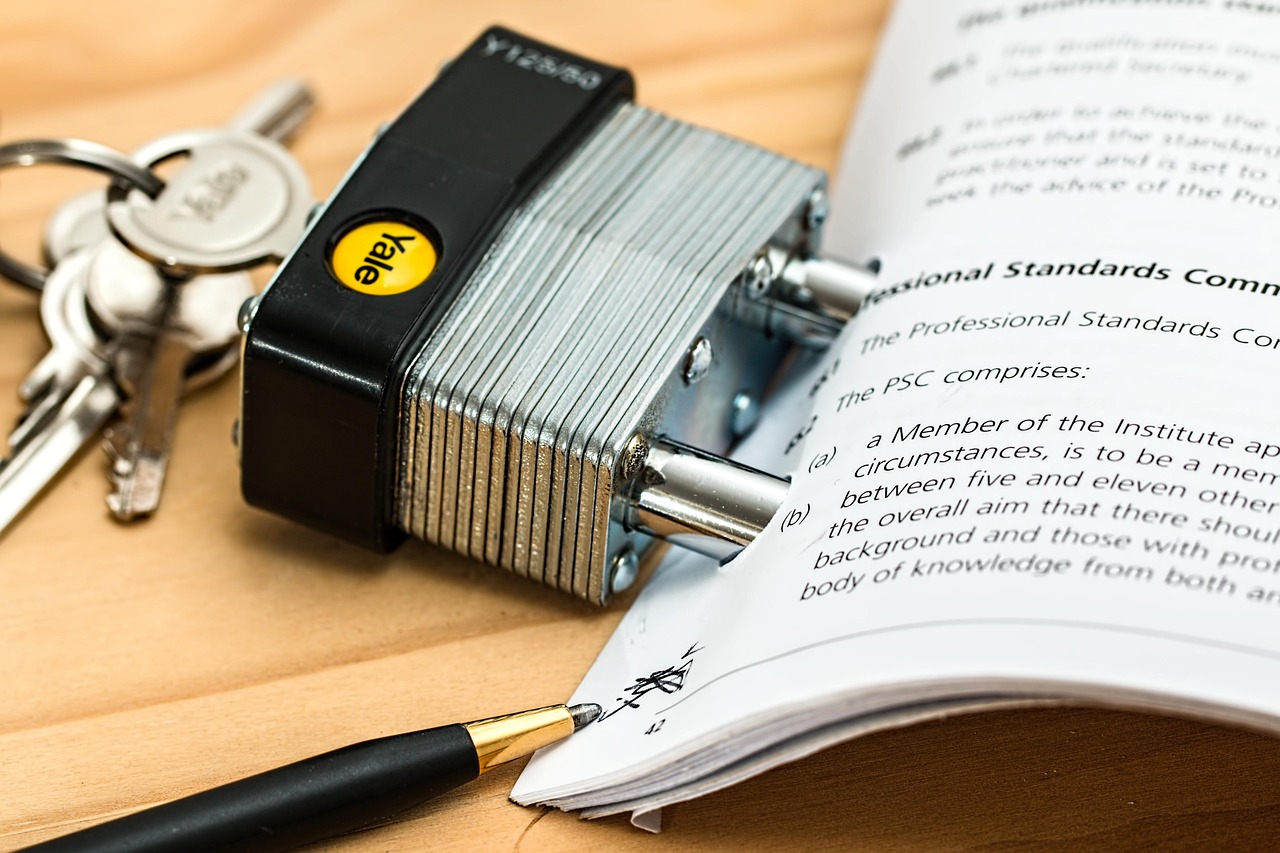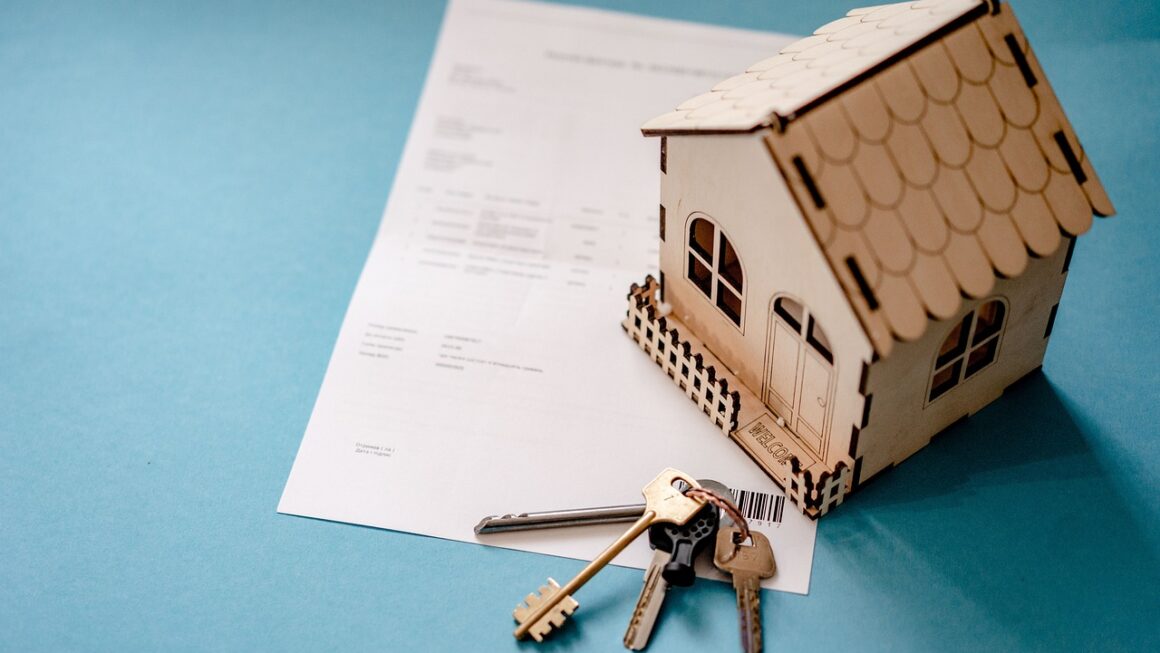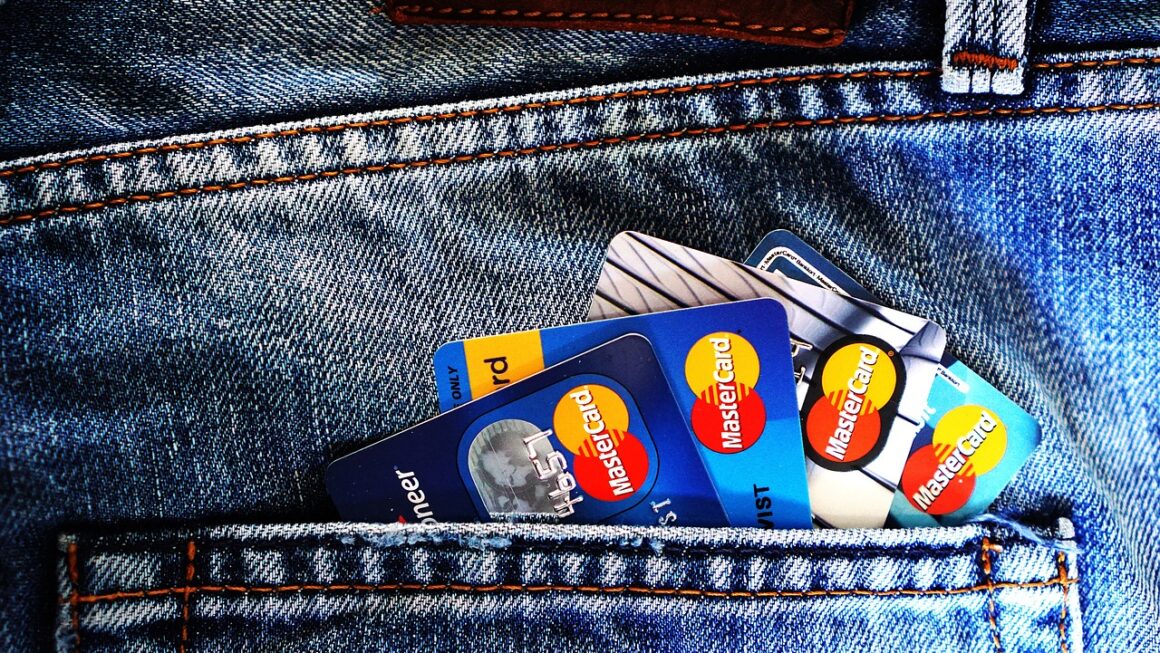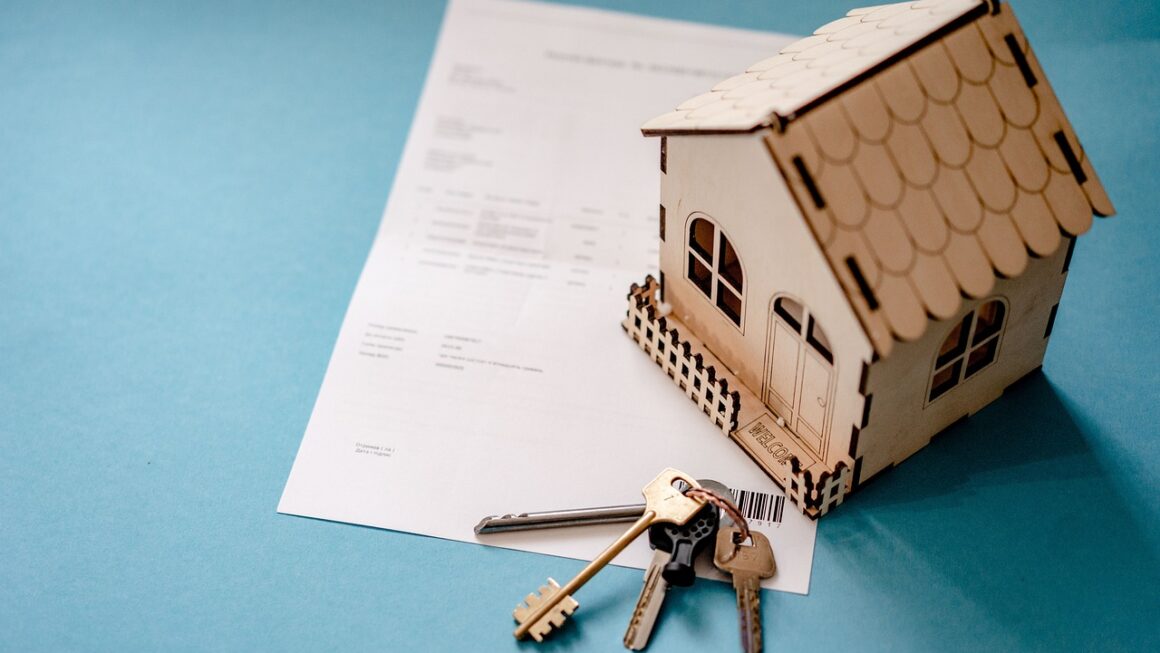Imagine facing an unexpected job loss, a sudden medical expense, or a major car repair. These financial curveballs can throw even the most carefully planned budget into disarray. That’s where an emergency fund comes in – a financial safety net designed to protect you from life’s unforeseen events. This blog post will guide you through understanding, building, and maintaining a robust emergency fund so you can navigate unexpected challenges with confidence.
What is an Emergency Fund and Why Do You Need One?
An emergency fund is a readily accessible savings account specifically designated for unexpected expenses. It’s not for vacations, shopping sprees, or investing. Its sole purpose is to provide a cushion against financial emergencies.
The Importance of a Financial Safety Net
Having an emergency fund can prevent you from:
- Accumulating debt: Avoid relying on credit cards or loans during a crisis, which can lead to high-interest payments and long-term financial strain.
- Raiding investments: Prematurely withdrawing from investments can result in penalties and lost growth potential.
- Experiencing financial stress: Knowing you have a financial buffer provides peace of mind and reduces anxiety during difficult times.
- Facing eviction or foreclosure: An emergency fund can help cover housing costs if you lose your income.
According to a 2023 report by the Federal Reserve, nearly 37% of Americans would struggle to cover an unexpected $400 expense. This statistic highlights the critical need for emergency savings.
What Qualifies as an Emergency?
It’s important to distinguish between a true emergency and a mere inconvenience. Examples of emergencies include:
- Job loss: Covering living expenses while searching for new employment.
- Medical expenses: Unexpected medical bills or deductibles.
- Car repairs: Necessary repairs to keep your car running for work or essential transportation.
- Home repairs: Urgent repairs to prevent further damage to your home (e.g., a leaking roof).
- Unforeseen travel: Last-minute travel due to a family emergency.
Examples of what don’t qualify as emergencies:
- A sale on your favorite clothing brand
- Upgrading to the latest smartphone
- Dining out when you could cook at home
How Much Should You Save?
The general rule of thumb is to save 3-6 months’ worth of living expenses in your emergency fund.
Calculating Your Monthly Expenses
- Track your spending: Use a budgeting app, spreadsheet, or notebook to monitor your income and expenses for at least a month.
- Identify essential expenses: These include housing, food, transportation, utilities, healthcare, and debt payments.
- Total your essential expenses: This will give you a good estimate of your monthly living costs.
- Example:
- Rent/Mortgage: $1,500
- Utilities: $200
- Groceries: $400
- Transportation: $200
- Healthcare: $100
- Debt Payments: $300
- Total Monthly Expenses: $2,700
In this example, a 3-month emergency fund would be $8,100 (3 x $2,700), and a 6-month emergency fund would be $16,200 (6 x $2,700).
Adjusting Based on Your Circumstances
The ideal amount in your emergency fund may vary based on your individual circumstances:
- Job security: If you work in a stable industry with high demand, you may be comfortable with 3 months’ worth of expenses. If you are a freelancer or work in a volatile industry, aim for 6-12 months.
- Health insurance coverage: If you have comprehensive health insurance with low deductibles, you may need less in your emergency fund for medical expenses.
- Dependents: If you have dependents, you may need a larger emergency fund to cover their needs.
- Debt levels: High debt levels may warrant a larger emergency fund to provide a buffer against unexpected financial setbacks.
Where to Keep Your Emergency Fund
Accessibility and security are key considerations when choosing where to store your emergency fund.
High-Yield Savings Accounts (HYSAs)
- Pros: Offer competitive interest rates, are FDIC-insured, and allow easy access to your funds.
- Cons: Interest rates may fluctuate, and withdrawals may be limited.
- Example: Many online banks offer HYSAs with significantly higher interest rates than traditional brick-and-mortar banks.
Money Market Accounts (MMAs)
- Pros: Similar to HYSAs, offering competitive interest rates and FDIC insurance. Often come with check-writing privileges.
- Cons: May require a higher minimum balance than HYSAs.
Certificate of Deposit (CD) Ladders (Considered with Caution)
- Pros: Can offer slightly higher interest rates than HYSAs or MMAs, but this is often not the case in modern markets.
- Cons: Funds are locked up for a specific term, making them less accessible in an emergency. Premature withdrawals may incur penalties. Requires more active management.
Note: While some suggest CD ladders, the inflexibility makes them generally unsuitable for an emergency fund’s core purpose. Only consider a small portion of your emergency fund in very short-term CDs if the rate difference is significant (and realistically, it usually isn’t).
- Actionable Tip: Shop around for the best interest rates and compare fees before opening an account. Prioritize accessibility over slightly higher interest rates, as the primary goal is quick access during an emergency.
How to Build Your Emergency Fund
Building an emergency fund can seem daunting, but breaking it down into smaller, manageable steps can make it achievable.
Start Small and Automate
- Set a savings goal: Start with a smaller, more attainable goal, such as $1,000.
- Automate your savings: Set up automatic transfers from your checking account to your emergency fund each payday. Even small amounts add up over time.
- Track your progress: Monitor your progress to stay motivated.
Cut Expenses and Increase Income
- Identify unnecessary expenses: Review your spending habits and look for areas where you can cut back.
- Reduce discretionary spending: Limit dining out, entertainment, and impulse purchases.
- Find ways to increase income: Consider a part-time job, freelance work, or selling unwanted items.
The Debt Snowball or Debt Avalanche Method
- Debt Snowball: Pay off your smallest debts first, regardless of interest rate, to gain momentum.
- Debt Avalanche: Pay off your debts with the highest interest rates first to save money on interest payments.
Note: While aggressively paying down high-interest debt is important, don’t neglect the emergency fund. A small emergency fund can prevent you from going further into debt if an unexpected expense arises while you’re tackling debt. Strike a balance between debt repayment and emergency savings.
- Example: Instead of buying coffee every day, brew it at home and save the money. Pack your lunch instead of eating out. Sell clothes or electronics you no longer use.
Maintaining and Replenishing Your Emergency Fund
An emergency fund is not a “set it and forget it” solution. It requires regular maintenance and replenishment.
Periodically Review and Adjust
- Review your budget: At least once a year, review your budget and adjust your savings goals as needed.
- Consider inflation: As the cost of living increases, you may need to increase the amount in your emergency fund to maintain its purchasing power.
- Adjust for life changes: Significant life events, such as marriage, having children, or buying a home, may require adjusting your emergency fund.
Replenishing After Use
- Make it a priority: After using your emergency fund, make replenishing it a top priority.
- Adjust your budget temporarily: Cut back on non-essential expenses and allocate those funds to replenishing your savings.
- Set a timeline: Create a timeline for replenishing your emergency fund and track your progress.
- Example: If you use $2,000 from your emergency fund for a car repair, create a plan to replenish it within 6-12 months by setting aside a specific amount each month.
Conclusion
An emergency fund is a crucial component of financial security. It provides a safety net to protect you from unexpected expenses, prevents debt accumulation, and reduces financial stress. By understanding the importance of an emergency fund, calculating your needs, choosing the right savings vehicle, and making a consistent effort to save, you can build a robust emergency fund and achieve greater financial peace of mind. Don’t wait until a crisis hits – start building your emergency fund today.




